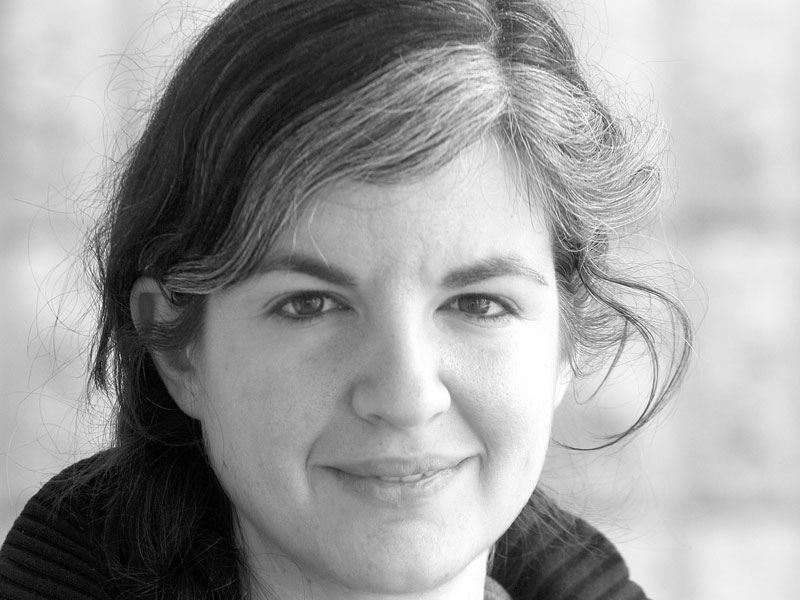Columnists
Muddled monikers

The hot, sunny long weekend seemed like the perfect time to perch the canoe atop the car and take it for a spin. Roblin Lake was the ideal location: Ameliasburgh’s calm, shallow water source is as good a place as any to dip the paddles in for the first time in a while.
Strangely, as the belaboured vehicle approached the would-be destination, I noticed a drastic error.
It turns out we hadn’t driven ourselves to Ameliasburgh, where we hoped to dip our toes in to cool off. Rather, we had found our way to Ameliasburg, a mysterious alternate destination not listed in any map we had to go by.
The mistake was understandable—this village, which bore a striking resemblance to Ameliasburgh, was off by only one letter.
Upon further inspection, we discovered the navigation had not been erroneous. The sign itself was simply missing an h to complete the name of the place it announced.
But the saga didn’t end there. As it happens, Ameliasburgh is spelled alternately with and without an h on various signs throughout the County. It wouldn’t be the first time the blue place-sign makers have gotten a name wrong— the southern boundary of the hamlet of Rosehall divides that compound place name into its two parts. Several years ago, Wellington was briefly renamed Welligton at its western border.
But the blue sign makers are not alone. In fact, the misspelling of ward, township and village of Ameliasburgh dates back over a century. In 1837, before its short stint as Roblin’s Mills, Ameliasburgh’s post office bore the name Ameliasburg, while a map of the township of Ameliasburgh published in the 1870s shows both the village and the township itself spelled with an h. The attached map of Rednerville—not Rednersville—would suggest the place was located in Ameliasburg. Today, the name is usually spelled with the h, but publications and online documents, including the County’s own website, occasionally spell it without.
Names are a curious thing. They evolve over time. Anyone whose ancestors arrived in North America from a non-Anglophone country over the past two centuries has likely encountered either an attempted or successful anglicization of their family name.
But names, their spellings and their etymology, give us some insight into the history of the people and places they represent. Ameliasburgh, which was originally the County’s Seventh Town, is one of several -burghs in the County, along with Sophiasburgh and both Marysburghs. The h that completes the burgh suffix signifies Scottish, as opposed to German, origin.
That makes the history of the Ameliasburgh h even more dubious. Although the United Empire Loyalists were loyal to the British crown, there were also Germans who fought on behalf of the crown and were awarded land in exchange along with other UELs.
So although Ameliasburgh was named for the daughter of King George III, it’s difficult to know if the folks who bestowed that honour upon the princess were of Scottish or German origin.
Or whether they were folks who simply weren’t too fussy about spelling and just wanted to go about their lives. The mystery remains.

Comments (0)